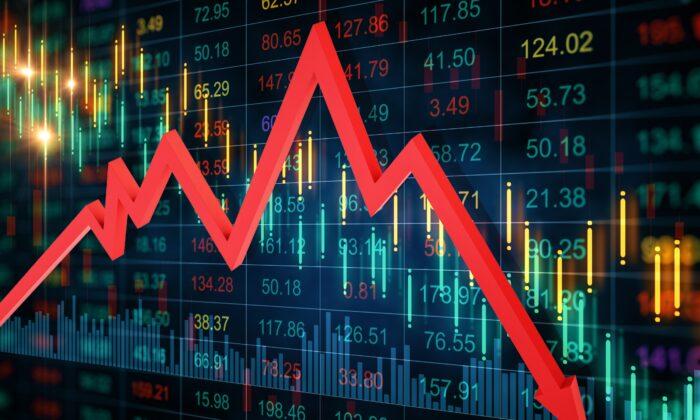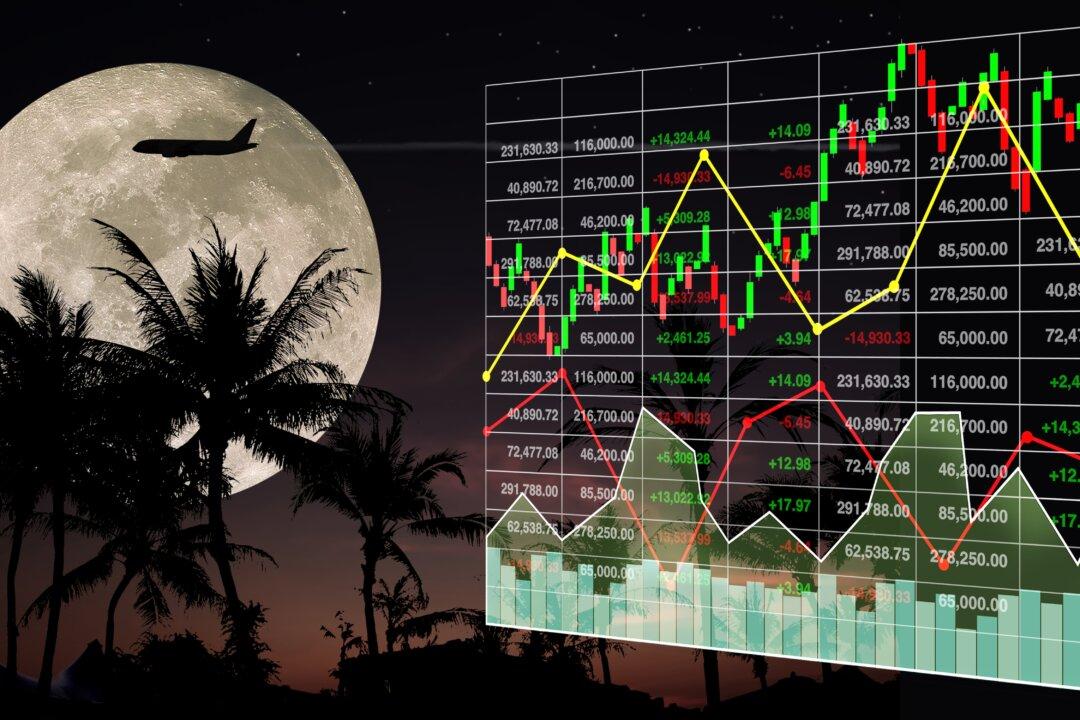Recent headlines and newsbites about a potential recession on the horizon may have you spooked. In fact, an analysis by J.P. Morgan published this month puts the chance of a recession landing by the end of this year at 60 percent.
What exactly is a recession? There’s no universally recognized definition, but it’s often referred to as a prolonged period of economic decline characterized by a drop in gross domestic product (GDP), a hike in unemployment, and poor stock market performance.
The National Bureau of Economic Research, which officially declares recessions in the United States, defines a recession as “a significant decline in economic activity that is spread across the economy and that lasts more than a few months.”
As awful as that sounds, there are ways to protect your portfolio in a recession. A well-diversified portfolio that aligns with your investment goals should be able to sustain itself during a recession or other period of economic decline.
Stocks
Recent stock market plunges may have you considering selling off your investments in order to avoid heavier losses down the road. Unfortunately, this strategy locks in your losses. And you’ll miss out on any returns that would come when the market recovers.Recessions often coincide with bear markets. A bear market is a period in which the stock market drops by 20 percent or more from a previous high.
It’s important to note that bear markets don’t last forever. According to an analysis by Hartford Funds, the typical bear market lasts about 9.6 months.
However, a bull market—when the stock market is up 20 percent or more from a previous low—lasts an average of about 2.6 years. So in the event that a bull market occurs following a recession, you would have missed out on the gains by selling your stocks.
On the other hand, you could be buying stocks at a premium during a market decline, allowing you to reap the returns and benefit from compound interest when the market recovers.
Some market sectors, such as consumer staples and health care, tend to perform better than others during periods of recession. This may be because these companies are involved in products and services that everyone needs, regardless of where we are in the economic cycle.
Consumer staples include food, beverages, personal and household products, as well as alcohol and tobacco. The health care sector includes companies involved in pharmaceuticals, hospitals, and biotech.
Gold
For centuries, gold has been viewed as a store of value and a sign of social status and luxury. There’s a good reason this yellow metal is so sought after. In fact, gold has not only held its value but has even outperformed during various points of economic uncertainty including recessions, bear markets, and high inflationary periods.To put this into perspective, during the recession from 1980 to 1982, the S&P 500 dropped by 27 percent, but gold rose by 46 percent, according to research by brokerage firm RJOFutures. And in the dot.com market crash from 2000 to 2002, gold spiked 12 percent while the S&P 500 nosedived 49 percent.
REITs
A real estate investment trust (REIT) is a company that owns and operates income-generating real estate such as apartment complexes, shopping malls, and warehouses. You can invest in REITs through a brokerage account in much the same way you’d purchase shares of a stock. An REIT gives investors access to real estate income, without the need to purchase and manage actual property. Plus, REITs have performed well during times of economic turmoil.In fact, the FTSE Nareit All Equity Index—a broad index of U.S. equity REITs—made average annualized total returns of 15.9 percent during the six recessions prior to 2022, according to an analysis by Nareit, a trade association that represents the interests of REITs.








